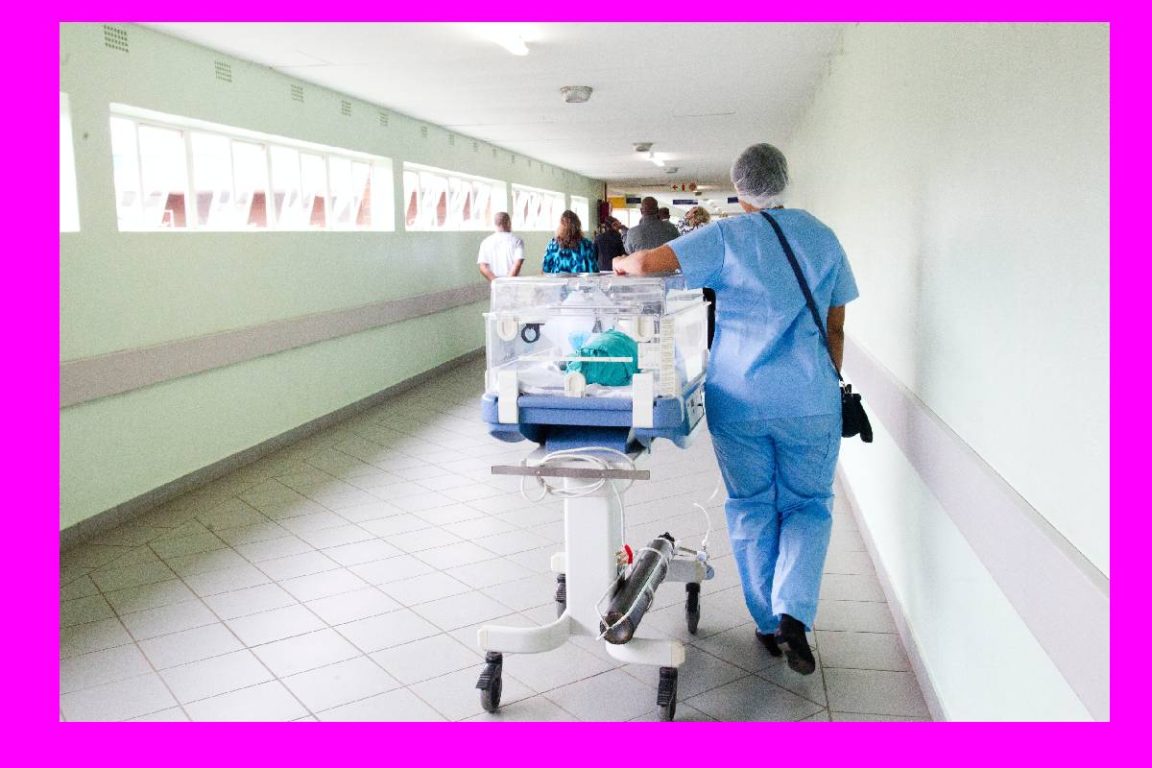Definition
Department of Public Health -It means many services for the public. It is involved in medical facilities that provide different services. It helps low-income families. That depends on which country. The government-based health system, unfortunately, has had too many drops for periods to run.
Public health is the prepared answer of society. They are expected to promote, maintain, and care for the community’s health, preventing disease, injury, and ill health.
How Is The Treatment of Public Health?
Public Health Department provides almost all super specialty treatments. Depending upon specialty. It has various healthcare centers. Some are Trauma hospitals, gynecological diseases, Psychiatric Hospitals for mental health, Chest Hospitals for TB, etc.
The treatment here is almost free. The government bears all expenses, including diagnostic tests and medicines for outdoor and indoor patients. If medications are unavailable in the Hospital for some reason, you may need to purchase them from the Market.
The Doctors here are competent and well experienced. It is the most sought-after job for any Doctor. One can go to the Hospital for treatment without exploring the competence of Doctors of any disease.
What Are Types Of Public Health Department?
It depends on the need. There are a few specialties at respective centers, medicine periodontics, and orxodontonics. It is usually a very affordable consultation. Which is accessible as any general physician and other services. But it depends if you are looking for a specific need; otherwise, for available treatment, it is normal
- Medicine,
- dentistry,
- pharmacy,
- midwifery,
- treatment,
- optometry,
- audiology,
- psychology,
- occupational therapy
- physical therapy,
suitable training and other health jobs are all portions of health care. It contains work done in providing leading care, secondary care, tertiary upkeep, and public health.
It depends on what area they’re in and which systems the Hospital has. The worst case scenario is when more than one severe patient, who could be dying, is wheeled in simultaneously. Then, with a constant shortage of doctors, a heroic effort has to be made to simultaneously salvage the life of all the dying patients, which is more common than you would expect.
What Types Of Training To Medical Staff?
Staff who work in an emergency medical service (EMS) typically need specialized training and qualifications. These may include:
Emergency Medical Technician (EMT) certification: EMTs will be train to provide essential life support and care for patients in an emergency setting. They must complete a state-approved training program and pass a certification exam.
Advanced EMT (AEMT) or Paramedic certification: AEMTs and Paramedics are qualified to provide advanced life support and care for patients in an emergency setting. They must complete a state-approved training program and pass a certification exam.
CPR certification: All EMS staff should be trained in CPR and be certified in this life-saving technique.
Driver’s license: EMS staff typically need a valid driver’s license and may require additional training in operating emergency vehicles safely.
Other qualifications: Depending on the specific EMS agency and the role, staff may need additional training or qualifications, such as dangerous materials training, disaster response training, or specialized medical certifications.
EMS staff need specialized training and qualifications to provide the uppermost care to patients in an emergency setting.
Why Is Medical Transport Useful To Patients?

Getting individuals from one place to another involves medical and non-emergency transport. Emergency transport is frequently used to get a patient to a hospital immediately. I was transporting a patient who required or requested medical attention while traveling, known as an emergency ambulance service. On the other hand, the circumstance is the primary distinction.
Emergency transport passengers must get to a healthcare institution as soon as possible. Most people who receive medical transportation are not in a rush. Perhaps they are even on vacation. However, they are accompanied by medical professionals who will see to their requirements for the duration of the journey, known as medical transport.
Reasons For Medical Transport
Non-emergency medical transport (NEMT), sometimes known as medical transport, has several applications. They frequently include flying. The following circumstances could necessitate medical transportation:
- Traveling to see a specialist in another city
- Grandparents on vacation to see loved ones
- Elderly parents moving to a new home
- Someone who has suffered an injury but who must travel
- Someone with a chronic medical condition
- Someone who has experienced a medical emergency in another country and is trying to get home
The activities carried out by governments and public administrations prevent diseases.
Conclusion
Public Health is the care and promotion of health applied to the entire population or a particular group. It is the set of tools for the care and promotion of the health of a whole people. According to the WHO, the motto of a health system is achieved through performing basic tasks.

